Tripods come in all sorts of sizes, weights and heights and can often be customised and configured using different ball-heads, gimbals or panoramic heads, multi directional heads, leveling bases, extension arms and spiked or rubber feet to suit your individual needs. The purpose of using a tripod is to introduce a steady, stable, vibration free platform for your camera, lens and possibly neutral density filters to be attached to. Any movement through the legs of the tripod from either wind, water or sand movement, vibrations caused by movement on unsteady platforms, or even through a mismatch in the weight of your camera and lens combinations can cause issues with image sharpness, especially when shooting longer exposures using filters.
Selecting the best tripod that suits your needs is going to come down to personal choice, budget, weight and size requirements, your personal customisations, the manufacturing material being used, and what environments you will be shooting in. A good quality tripod should be an investment that will last you many years, with our full Sirui tripod product range coming with a 6 year manufacturers warranty.
Do you need a tripod?
As mentioned above the purpose of a tripod is to provide a stable, vibration-free platform that will keep your camera gear safe and secure when attached. Just about all forms of photography can benefit from the use of a tripod with the potential of a much higher overall image quality through improved sharpness and better exposure triangle settings, the ability to hold your shutter open for long exposures during sunrise, sunset and low light situations, to capture multiple bracketed images and so much more.
Below are just some of the many reasons your photography will benefit from the use of a tripod -
- Improved sharpness and depth of field by keeping your camera and lens stable when capturing exposures.
- The ability to shoot at lower ISO’s with a stable camera can help maintain a higher overall image quality.
- Capturing long exposures requires absolutely no movement in the camera body. This is extremely difficult (if not impossible) to achieve when shooting handheld.
- Capturing images at night such as for astro photography or cityscapes that require longer exposures requires a stable platform.
- Shooting bracketed exposures either for HDR merging or for manual blending requires pixel to pixel perfection between each frame.
- Capturing panoramic images for stitching requires a level, stable platform for the camera to be rotated on.
- Techniques such as focus stacking in macro or landscape photography requires a stable platform and absolutely no movement in the camera between exposures.
- When shooting video, a vibration free platform can improve video quality.
- Tripods can be used to hold off camera items like flashes, strobes, reflectors, studio umbrellas etc.
- Tripods can assist you in having a stable platform when shooting at difficult handheld angles.
- Movement and lack of sharpness can be more noticeable when using longer telephoto lenses such as those within the 200mm - 800mm range.
- For those that like to take self portraits, a tripod is very useful.
Let’s take a look at the major factors you should consider when selecting and purchasing the best Sirui tripod for your photography needs.
Weight of the tripod
When you are carrying around large amounts of camera equipment, or traveling regularly with your gear, the combined weight of any individual components can add up quite quickly. A tripod is likely to be one of, if not the heaviest single piece of gear most photographers will need to carry. Not only does the weight of the tripod matter, but its maximum load capacity needs to be considered too. The heavier and larger the tripod, the more likely it is that it will provide stable support larger lenses like telephotos or even full frame camera bodies with battery grips extensions and larger neutral density filter setups.
For the weight conscious travellers, our Sirui range of tripods includes the AM-series, A-series, ET-series and T-0 series. Each offers a choice of either aluminium or carbon fibre versions, foldable legs for more compact storage and extendable centre column for added height and flexibility in the angles you can shoot at.
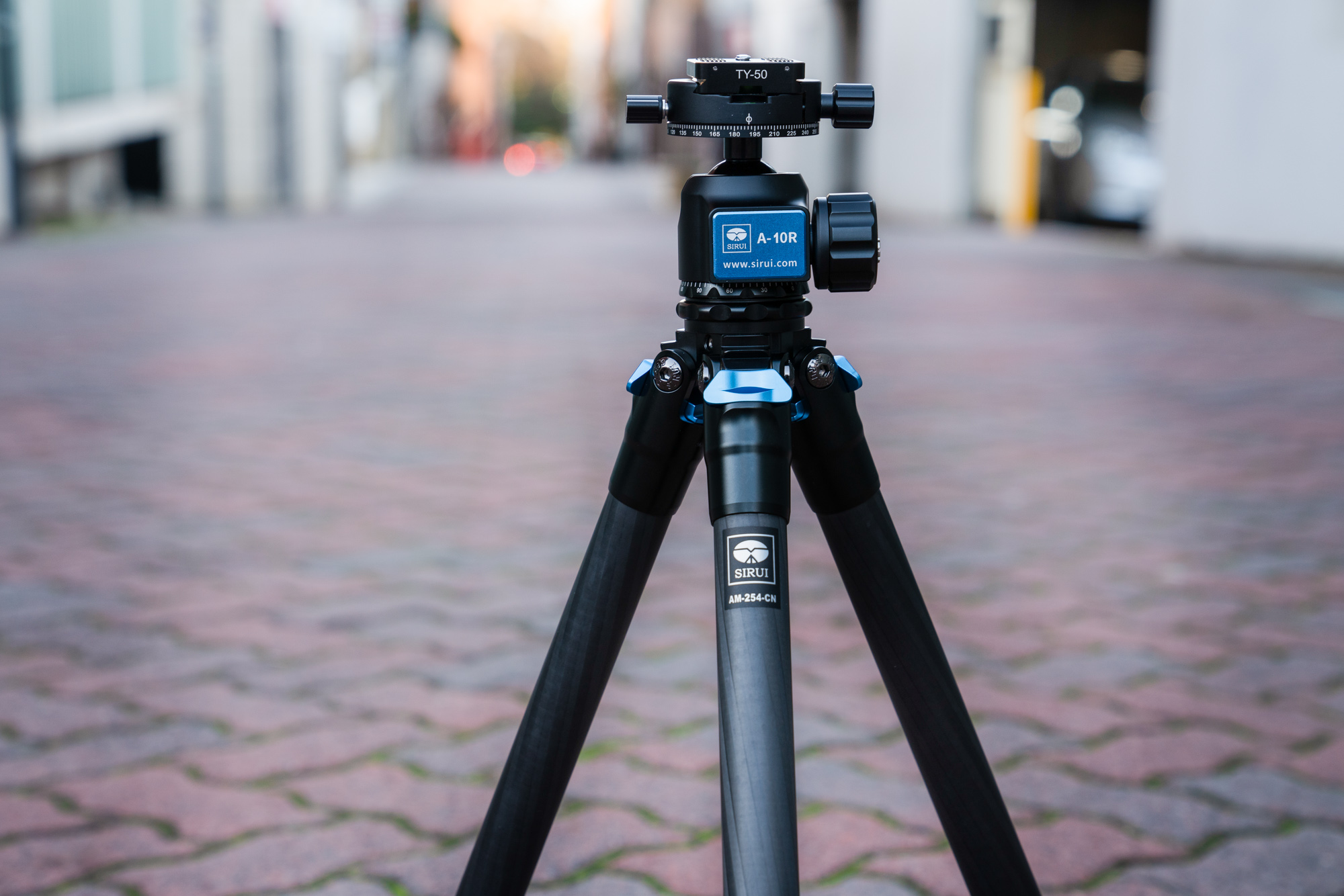
If you are using heavier full frame cameras, larger lenses and require extra stability due to the possibility of wind or water movement, or even for use in a home or professional studio our W-series and RX-series tripods are slightly heavier and more stable while still being light enough and compact enough to attach to a camera bag for transport while out in the field, and easy to transport in luggage for those who are regularly flying.
Tripods within our travel range start with weights as low as 1.3kg for the A-1205 carbon fibre model (including Y-11 ball-head) all the way up to 2.4kg for the professional R-4213x carbon fibre tripod. One of the more popular models in our range is the W-2204 waterproof carbon fibre tripod weighing in at just 1.7kg and is the perfect trade off between weight and load capacity (18kg) for many landscape photographers.
Height and physical size of the tripod
When you are purchasing a tripod a good recommendation would be to ensure you are comfortably able to look directly into the camera’s viewfinder at eye level when it is mounted to the head. If it reaches higher than eye level, you can lower the camera by shortening the legs of the tripod or possibly lowering the centre column. But if it is too short, you will find yourself bending down and getting yourself into all sorts of uncomfortable positions when using it.
When carrying a tripod, ensure its height and weight is comfortable enough for you to carry for lengths of time and can either fit into or be easily strapped to the outside of your camera bag while you are walking. If you are regularly traveling you will most likely require your tripod to be transported in your luggage, so its foldable height will matter.
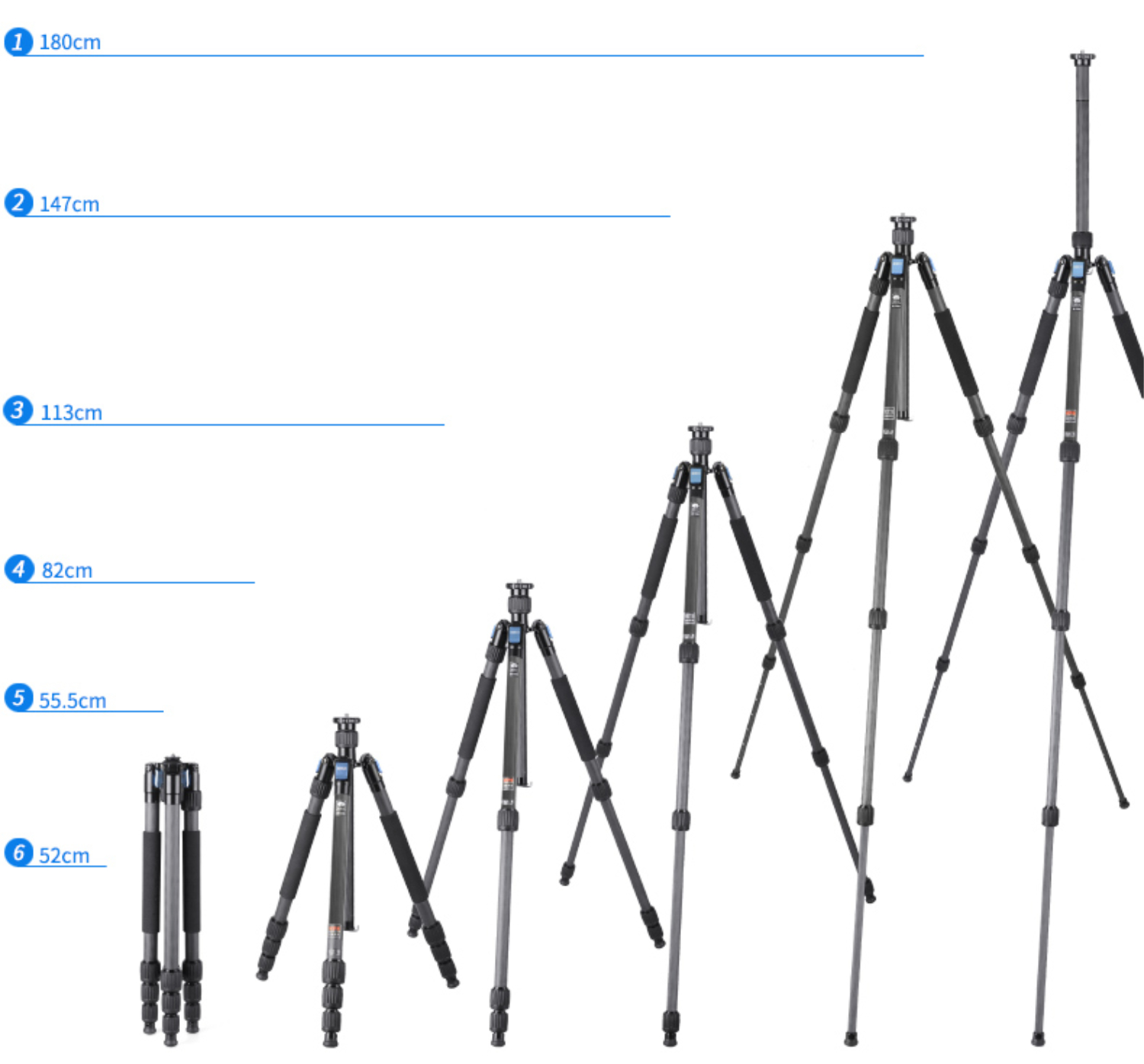
Our travel tripods such as the A-series, ET-series and T-0 series are designed to be very compact with maximum working heights as low as 140cm, and folded length as small as 37cm, maximising portability and convenience when packing and transporting them. These will be great for those that are comfortable using them at these lower heights, for those that may purchase a tripod specifically for travelling, and are best matched to compact, APS-C or mirrorless cameras with smaller lenses.
The larger W-Series and RX-Series tripods have maximum working heights without the centre column of up to 180cm, with the centre column providing even more reach. When folded, tripods such as the very popular W-2204 carbon fibre tripod measure only 52cm in length and will easily fit inside a standard sized suitcase. The extra height also allows for a bigger overall stability footprint, which makes them a better option for larger cameras, lenses and neutral density filter combinations.
Manufacturing material of the tripod - carbon fibre or aluminium?
The material that is uses to manufacture tripods plays a huge role in the weight, durability and price of your investment. There are two major materials used for tripods - carbon fibre and aluminium. Carbon fibre is lighter, more durable, stiffer and has a lower thermal conductivity (easier to handle when cold), but is more expensive than aluminium. Aluminium tends to be more flexible (therefore potentially a bit less stable) than carbon fibre, but is cheaper to produce at the manufacturing level, therefore aluminium tripods are generally cheaper to purchase than an equivalent sized carbon fibre model.
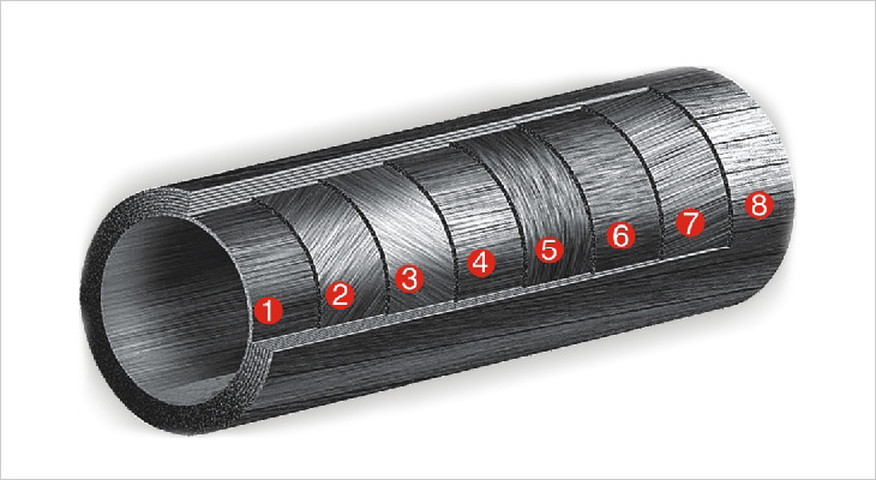
Carbon fibre has a higher strength to weight ratio than aluminium, so when comparing similar sized tripods within any of our Sirui product range, carbon fibre tripods will typically weigh less while providing equivalent or higher levels of stability in wind conditions, or in other situations where movement can occur such as in or near water or on sandy beaches. If weight, stability and durability are your primary concerns, carbon fibre is the better choice for tripods.
For those that are budget conscious, use smaller bodied compact, APS-C and mirrorless cameras, or are just starting out in photography, aluminium tripods will provide the balance of cost effectiveness and function.
Environmental conditions the tripod will be used in
Where you are shooting and what sort of environmental conditions you intend to use your tripod in are important factors when choosing which will be suitable for you. Remembering that stability of your camera equipment is the main aim when using a tripod, things like wind, water flow, ground stability (eg sand, mud, snow etc) will impact on just how stable your gear will be. The larger the leg tubing and the stronger the leg lock joints are, the less likely those legs are to flex under windy conditions, or from the impact of moving water. The height and footprint of the legs matter when the conditions and environment you are shooting in are less than ideal.
As mentioned earlier, if you are shooting in cold conditions aluminium tripods can be less comfortable to handle due to their thermal conductivity, which makes our carbon fibre models a much better choice. If you are doing a lot of hiking, longer day trips or overnight camping in rough terrain, weight could play a big factor in your decision making process, and again the strength vs weight factor of both carbon fibre and aluminium should be of serious consideration when making your purchase. Options such as our spiked feet may help under certain environment conditions like rock shelves, in moving water and in sand.
When you are shooting outdoors you also need to consider the long term durability and possibility of cleaning your tripod to keep it maintained and performing at its best. Our W-Series tripods are water and dust proof with sealed leg locks adding extra protection and ultimate durability from the elements. All of our tripods across our entire product range can be easily disassembled and reassembled to keep them clean and lubricated.
For studio situations, landscape photographers or even for videographers, the professional Sirui RX-Series tripods provide the ultimate in stability, build quality and functionality. Stabilising hooks built into the centre column of many of our tripod models can be used to weigh the tripod down, providing additional stability when required.
Travel photographers will benefit from the balance between build quality, stability, weight, physical dimensions and the ability to easily maintain and clean all of our Sirui travel tripod models. When you are traveling you never know where you may end up, so having a portable, compact, lightweight tripod that is built to handle a range of environment conditions will ensure your camera has solid, stable platform that will serve you for many years to come!
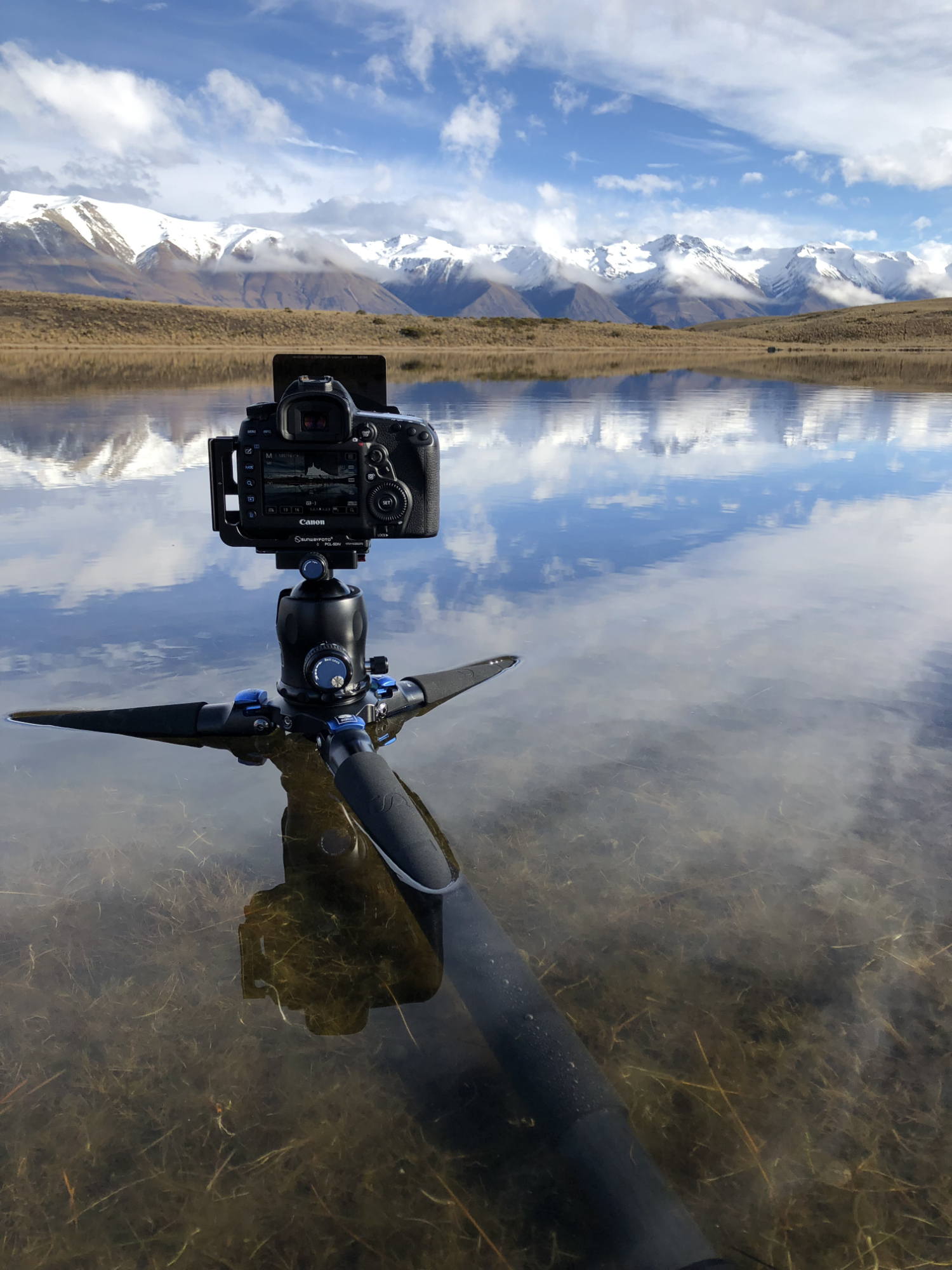
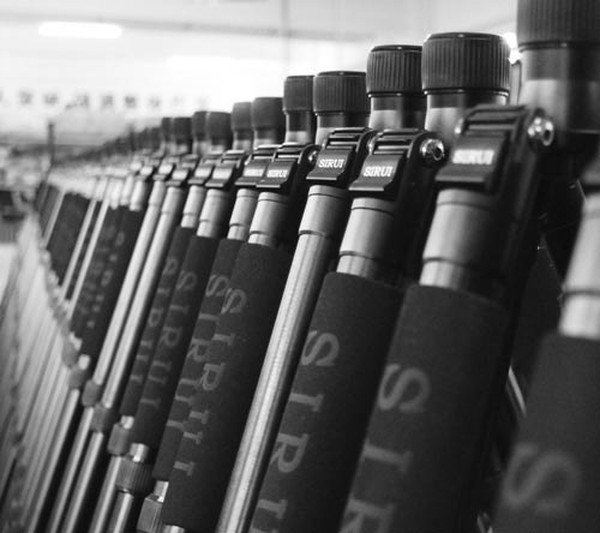

Hi, can you help me please , one of the legs on my tripod is stuck and can’t be extended.
Regards
David Thomas.